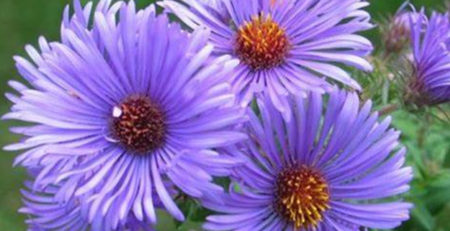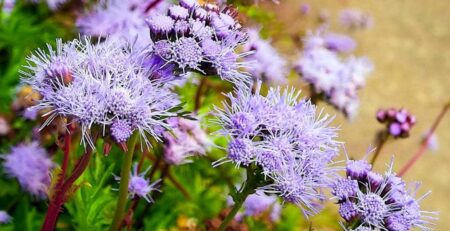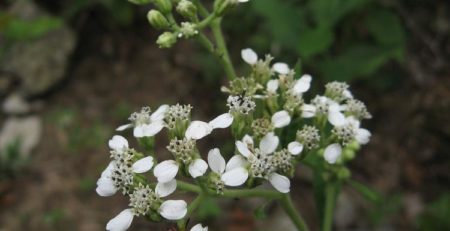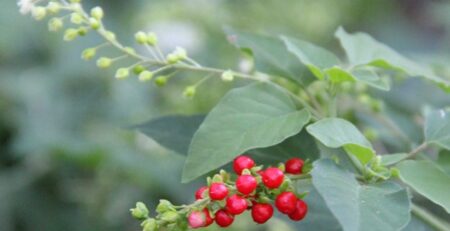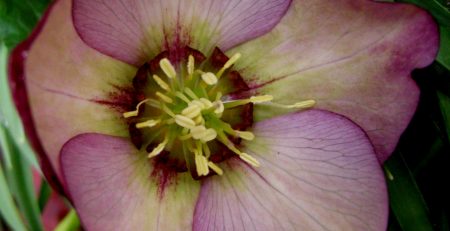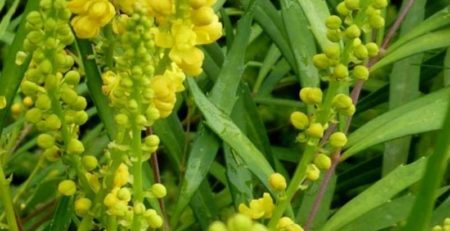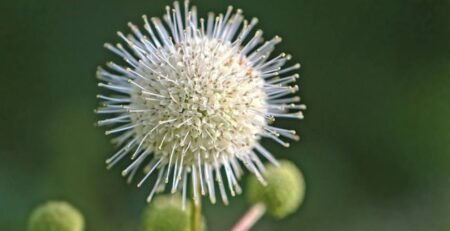Ungnadia speciosa (Mexican Buckeye)
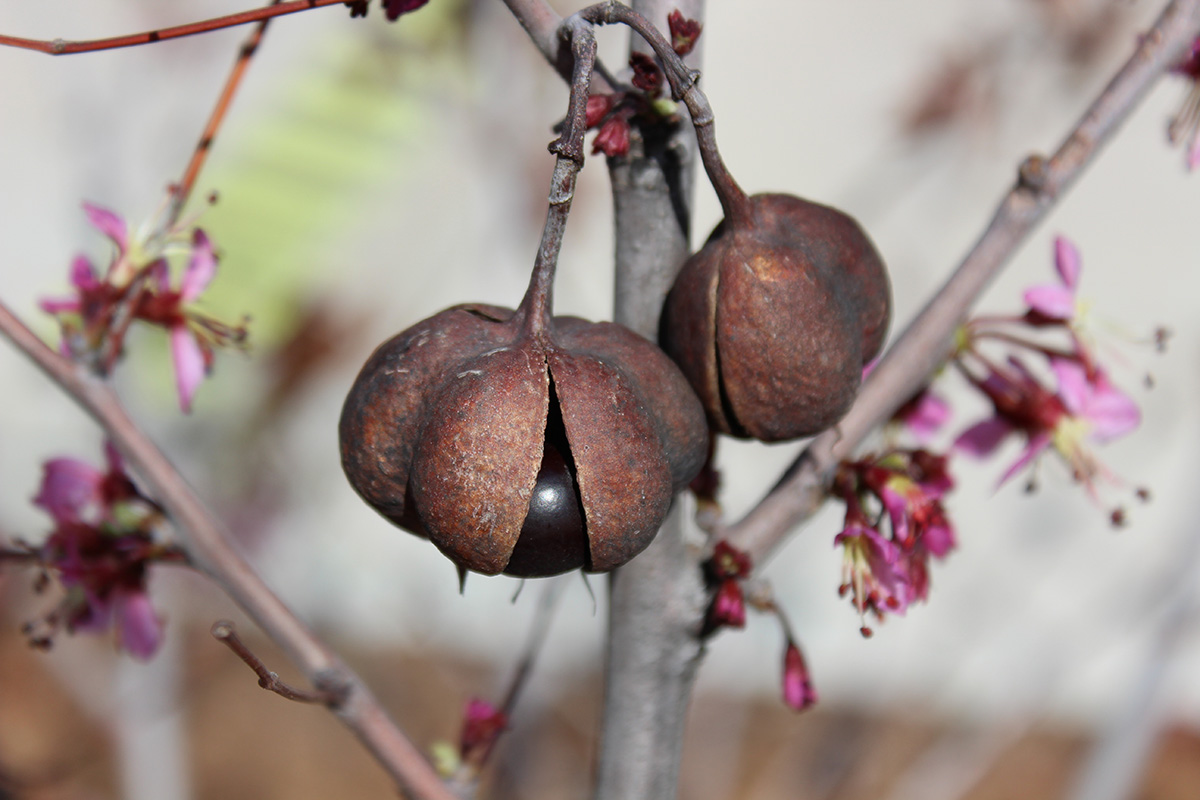
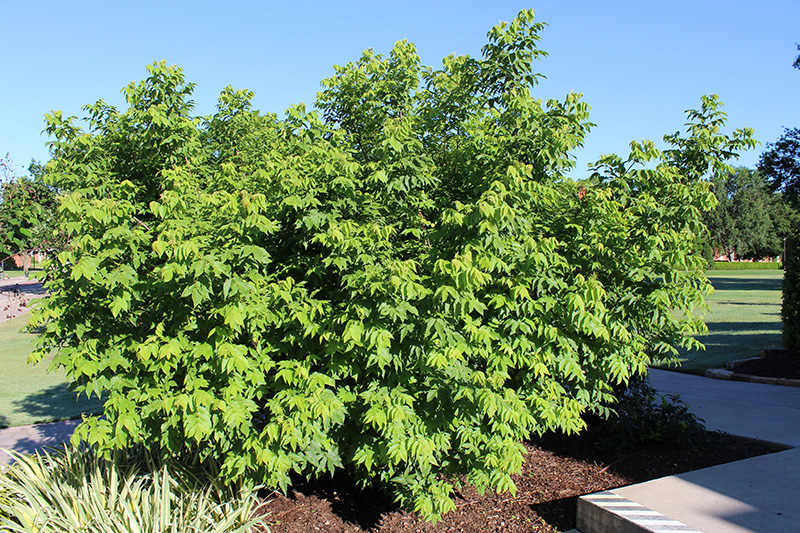
Botanical Name: Ungnadia speciosa
Common Name: Mexican Buckeye, Monosperma, Spanish Buckeye
Synonyms:
Category: Tree (Ornamental)
Family: Sapindaceae
Lifecycle: Perennial
Lifecycle Alt:
USDA Symbol: UNSP
Hardiness Zone North: 7A
Hardiness Zone South: 9B
Sun Requirement: Full Sun (6+ hours of sun per day)
Sun Requirement (Alt): Partial Sun (2-4 hours of sun per day)
Water Requirement: Low
Growth Rate: Moderate
Maintenance: Medium
Plant Adult Height: 10-25 ft
Plant Adult Spread: 10-15 ft
Plant Spacing: 10-15 ft
Soil Preference: Adaptable
Soil pH Preference: Adaptable
Propagation: Seed, Stem Cutting
Attracts: Bees, Birds, Butterflies, Hummingbirds, Moths
Resists: Squirrel, Deer, Disease
Tolerates: Freeze, Drought, Clay Soil, Shallow Rocky Soil, Dry Soil, Heat
Miscellaneous: Tolerates Poor Soil, Native Plant
Description: Mexican Buckeye is an attractive, deciduous native shrub known for its brilliantly colored flowers and ornamental appeal. Showy clusters of sweet-smelling, pink blooms which attract butterflies and other pollinators dominate the branches in early spring before the foliage emerges. This plant is uniquely effective in residential gardens and landscaping when planted as an understory specimen under larger trees or in naturalized settings, attracting birdlife to its seeds encased in rounded capsules resembling buckeye nuts. The Mexican Buckeye’s origins are from the soapberry family (Sapindaceae). It exhibits substantial resistance to many common garden pests and diseases, demonstrating solid resilience against both drought and heat, making it a easy-care choice for many gardeners. It’s hearty resiliency and low water needs make it ideal for xeriscaping, which is a style of gardening that focuses on plants that require little irrigation or other maintenance. While generally deer-resistant, this shrub should be planted with caution around households with pets or young children as the seeds it produces, though unlikely to be eaten due to their bitter taste, can be harmful and are technically poisonous if ingested. Its fast growth rate may lead to some mild invasiveness if not properly managed. Another unique aspect of the Mexican Buckeye is that it’s unisexual, meaning it has separate male and female plants, unlike most of the rest of the plant kingdom, which are hermaphroditic. Despite these few caveats, the Mexican Buckeye is an undeniably attractive and rewarding addition to any garden or landscape.
Propagation & Planting: The Mexican Buckeye can be propagated using both seeds and softwood cuttings. To propagate using seeds, collect them in late summer or early autumn when they have turned red-brown and begun to split. Before planting, soak the seeds in warm water for 24 to 48 hours to enhance germination. Sowing should be carried out in well-draining potting mix, maintaining about one inch of soil above the seed. For propagation using softwood cuttings, choose stems with healthy growth during late spring or early summer. The cuttings should be around 4-6 inches long with several sets of leaves. Remove leaves from the bottom half of the cutting, dip the cut end in rooting hormone, and place it in well-draining potting mix. Both seeds and cuttings require bright, indirect light and consistently moist soil to propagate successfully. Regular misting is recommended to maintain humidity. Once the young plants have developed a strong root system, they may be transplanted into individual pots or outdoors. The Mexican Buckeye is resilient and versatile but caution should be used when considering it due to the risk of toxicity to humans and pets.
Plant Care: The Mexican Buckeye requires full sun exposure for optimal growth and, while adaptable to different soil conditions, thrives in well-drained soil. This plant is drought-tolerant and should be watered moderately to replicate its natural, dry habitat. Avoid over-watering, especially during winter months when the plant’s watering needs diminish. A slow-releasing, balanced fertilizer applied in the early spring will enrich growth and flowering. Pruning is generally unnecessary, but if desired, can be done in early spring or late winter when the plant is dormant to help maintain shape and remove any dead or damaged branches. The Mexican Buckeye is deciduous, and leaves will turn a rich golden color in the fall before dropping in the winter; leaf loss is a natural process and not cause for concern. While not commonly used in residential gardening or as a houseplant due to its size and potential allergenic qualities, the Mexican Buckeye is a gorgeous ornamental tree when properly cared for. Ensure to monitor regularly for pest or disease which seldom occur but can have significant impacts on the plant’s health.
Fertilize: During the first growing season do not fertilize with high nitrogen fertilizer. Use root stimulators (monthly) during the first growing season or use slow-release organic fertilizer and half the recommended rate. During the second growing season fertilize 3 to 4 times a year using a slow-release balanced fertilizer (10-10-10). Never use a herbicide containing fertilizer near the tree’s root system. In general, the use of combined products such as herbicides with fertilizer is discouraged.
Prune: Selective pruning should be performed after the first growing season. Prune December 15 to February 1. Broken branches and growth habit faults such as crossing branches or branches growing downward should be removed. Lower branches should be allowed to remain on a tree for as long as possible. After the first year, no more than one whirl of limbs should be removed each year. The use of pruning paint is not recommended. Because of the tenancy of Mexican Buckeye to spread it may be necessary to remove unwanted trunks if a tree form specimen is desired.
Pest & Disease: Mexican Buckeye is free of serious pests and diseases.
PlantTAGG® is the most technically advanced mobile solution for helping gardeners learn about and care for their plants. PlantTAGG’s goal to educate gardeners blends seamlessly with the mission of the Master Gardener program to provide research-based horticultural information to the residents of Dallas County and beyond. To set up your own yard, download the PlantTAGG app.


